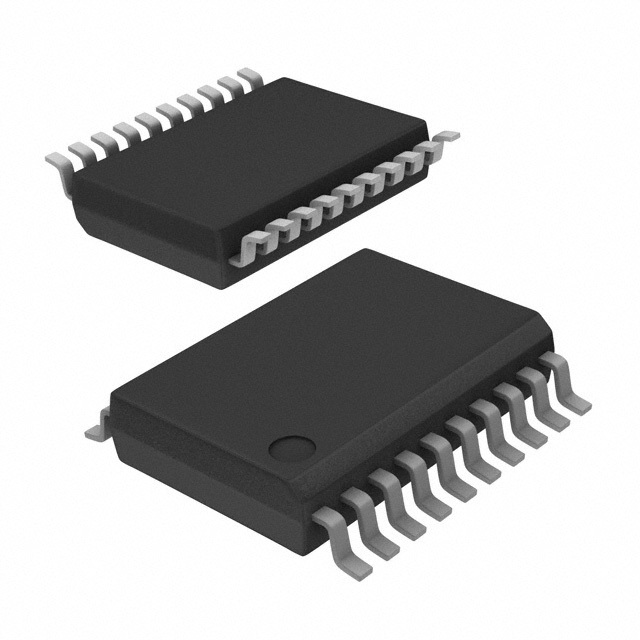QS3VH244QG8
Manufacturer No:
QS3VH244QG8
Manufacturer:
Description:
IC BUS SWITCH 1 X 4:1 20QSOP
Datasheet:
Delivery:





Payment:




In Stock : 0
Please send RFQ , we will respond immediately.









QS3VH244QG8 Specifications
-
TypeParameter
-
Supplier Device Package20-QSOP
-
Package / Case20-SSOP (0.154", 3.90mm Width)
-
Mounting TypeSurface Mount
-
Operating Temperature-40°C ~ 85°C
-
Voltage - Supply2.3V ~ 3.6V
-
Voltage Supply SourceSingle Supply
-
Current - Output High, Low-
-
Independent Circuits2
-
Circuit1 x 4:1
-
TypeBus Switch
-
PackagingTape & Reel (TR)
-
Product StatusActive
-
Series3VH
The SN74CBT6845CDW is a specific integrated circuit chip that offers several advantages and can be used in various application scenarios. Here are some of its advantages and common applications:Advantages: 1. Low power consumption: The chip operates at a low power supply voltage range of 2.3 V to 3.6 V, contributing to energy-efficient designs. 2. Fast switching times: The chip provides fast switching times, which enable quick and efficient data transfer. 3. Low ON-state resistance: It offers low ON-state resistance, reducing power dissipation and signal degradation. 4. Bi-directionality: The chip supports bi-directional data flow, making it suitable for bidirectional communication systems. 5. Wide operating temperature range: The chip can function in a wide range of temperatures, enhancing its reliability and versatility.Application scenarios: 1. Data multiplexing: The SN74CBT6845CDW can be used to multiplex multiple data streams onto a single line, allowing efficient data transmission and reducing the number of interconnects. 2. Level shifting: The chip can act as a level shifter, enabling voltage translation between different logic levels, making it valuable in mixed logic level systems. 3. Bus switching: It is commonly utilized as a bus switch or a crossbar switch, facilitating the connection or isolation between multiple buses or channels. 4. Peripheral expansion: The chip can be applied to expand the number of peripherals connected to a microcontroller or microprocessor. 5. System integration: The chip aids in integrating different subsystems, enabling efficient data routing and communication in complex circuitry.It is important to note that the precise application scenarios may vary depending on the specific requirements of the design and the capabilities of the supporting circuitry.
QS3VH244QG8 Relevant information







